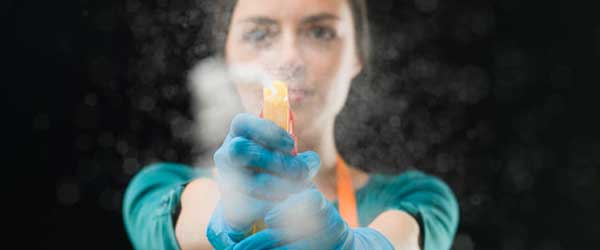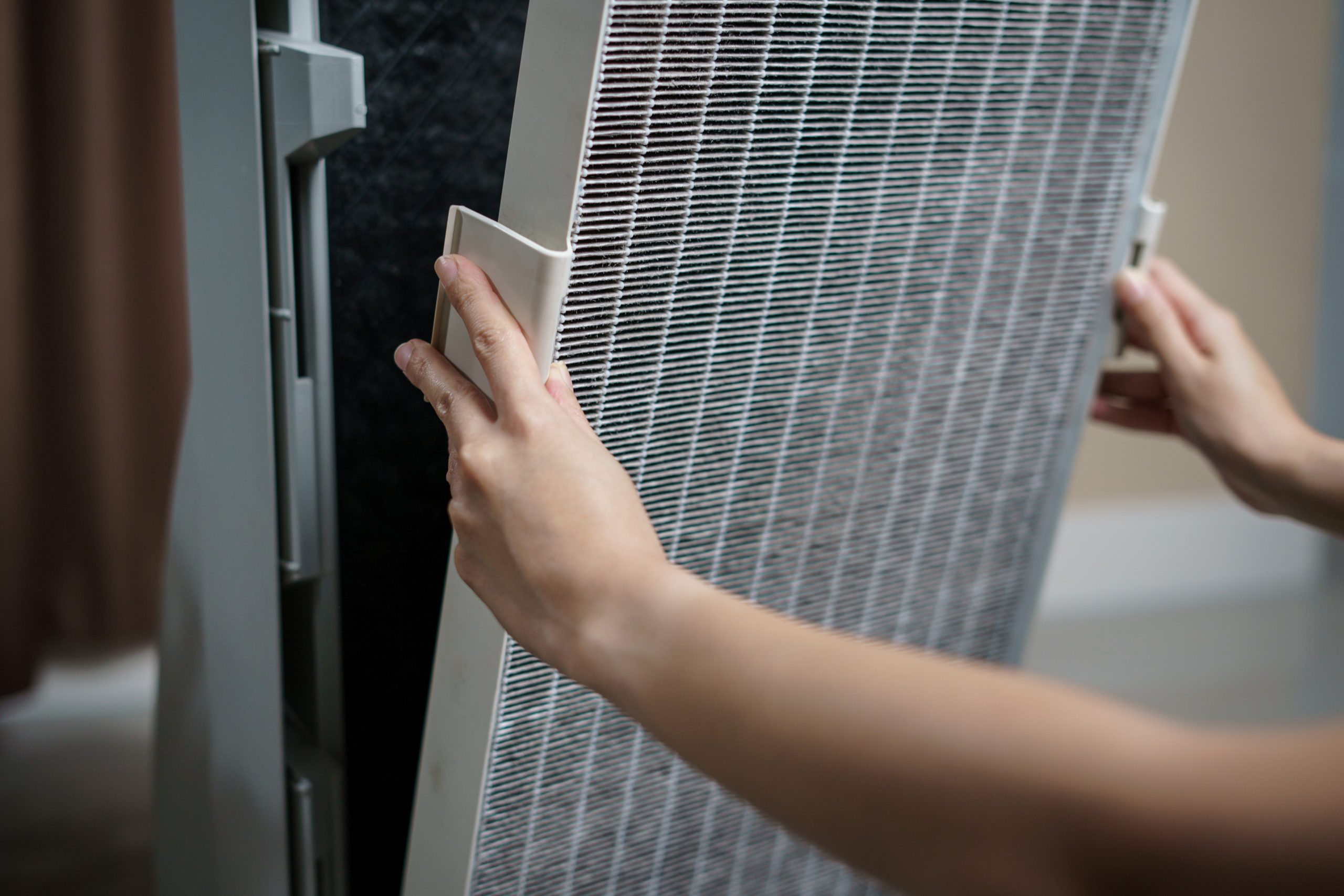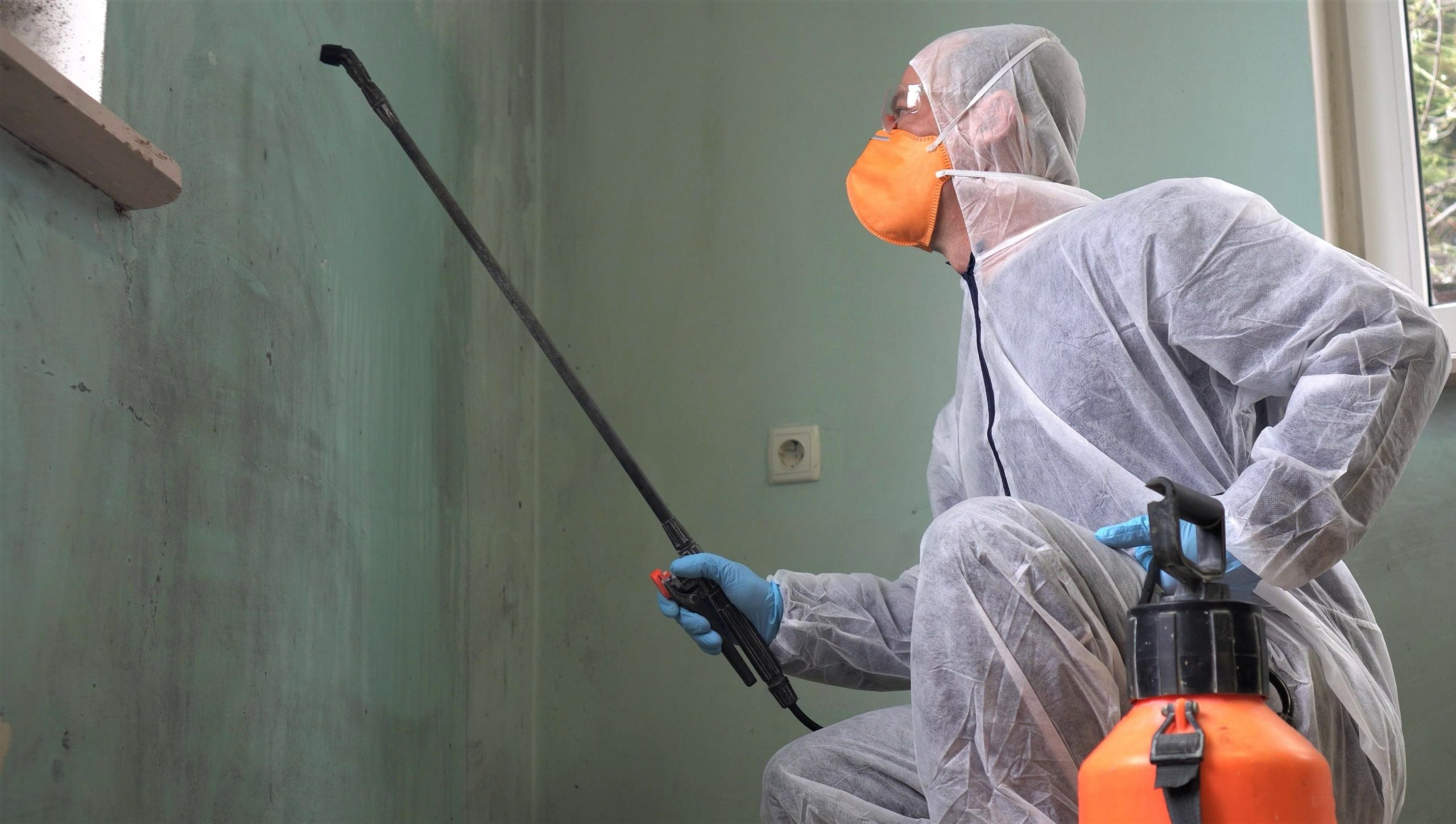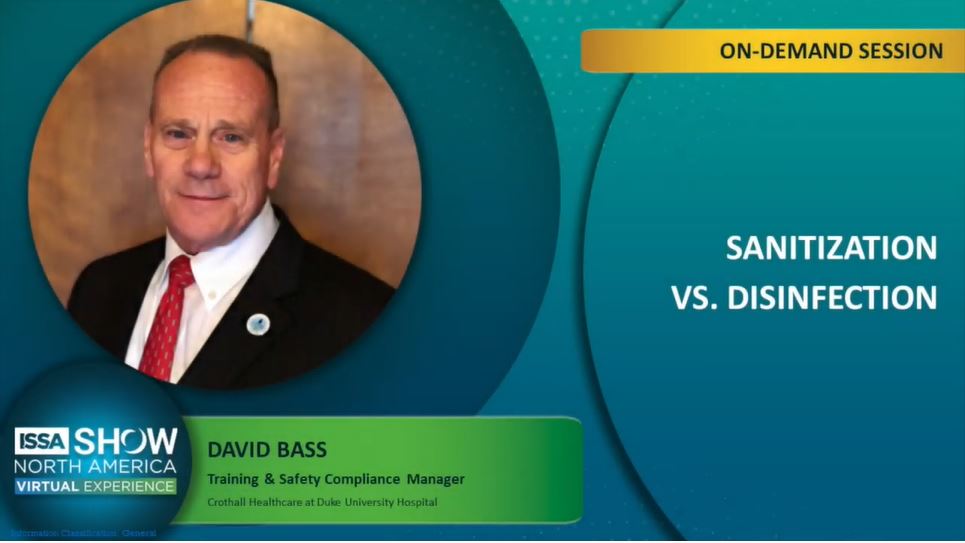In most residential cleaning scenarios there are less toxic and problematic ways to achieve a sanitary home.
It’s a common belief that in order to have a clean and healthy home every surface must be disinfected. In fact, one cleaning company has advertised that they will fog your whole home with a disinfectant to disinfect the entire dwelling. But is all this disinfection necessary, or are we really doing more harm than good with all this disinfectant use?
What are disinfectants?
Disinfectants are biocides, things that kill life, that are regulated by the EPA under the Federal Insecticide, Fungicide and Rodenticide Act (FIFRA). In order to be called a disinfectant, a product must undergo extensive testing to show that it will meet its kill claims and that it is safe, when used as directed by the manufacturer and specified on the product label. The EPA approves the product and the label before the product can be sold as a disinfectant. The label on all disinfectants and disinfectant cleaners will start with the words “It is a violation of Federal Law to use this product in any way not indicated on the label.” It is worth noting that these products are regulated as pesticides and may require the use of personal protection equipment per label instructions. Would we get a different reaction if we told clients we were going to spray pesticides all over their kitchen counters?
Sanitized, or disinfected?
Are we actually disinfecting when we use these products? Many disinfectants are inactivated by organic matter, so most require cleaning first, reapplying the disinfectant, and keeping it wet for a specified time, often as long as 5 to 10 minutes. How many of us do this? Most of the time when we spray a disinfectant cleaner, we wipe it up right away and believe the surface is disinfected. Unfortunately, we most likely have not. The surface may be sanitized, but it is doubtful that the threshold of disinfection has been achieved. A couple of definitions here: 1) Sanitizing is bringing a surface to a level of cleanliness considered safe for human health; 2) Disinfection requires achieving a kill rate of 99% or greater of the listed pathogens.
How are disinfectants properly applied?
Many customers expect that we use disinfectant cleaners but in most cases it is impractical for cleaning services to follow proper disinfection methods in a high production business model. Of course in those instances we may not make a disinfection claim. But is there any harm in using disinfectants to merely sanitize? Of several recent studies, the most alarming is one from the University of Ireland in 2010 in which Pseudomonas bacteria were exposed to disinfectants that were either improperly mixed or used. The bacteria became resistant to the disinfectant, but more alarmingly, 240 times more resistant to the antibiotics used to treat an infection of the bacteria. There is evidence that misuse of disinfectants may be contributing to bacterial antibiotic resistance.
Where are disinfectants properly used?
Don’t get me wrong. Properly used in the right places disinfectants prevent infections, disease and save lives. They are certainly appropriate in hospitals and many health settings. But, in normal residential cleaning there are other, possibly better options. A study at the University of California, Davis showed that high quality micro fiber cloths were able to remove 99% of soil and bacteria from a hard surface with just water. That compared to a 33% removal rate for cotton cloths. Some of the micro fiber manufacturers have 3rd party lab tests showing up to a 99.99% removal rate with just water. These figures compare very well with disinfectants when they are used correctly. Another option is steam, with some manufacturers claiming disinfection in as little as 3-5 seconds for some machines.
When might it be reasonable to use a disinfectant in residential cleaning? It could be a good last step after cleaning up any bodily fluids. If there is an influenza, norovirus, or similar outbreak in the home, using a disinfectant on touch points might make sense. Touch points are those areas such as door knobs, phones, toilet and sink handles, etc. that people frequently handle and so can be a transfer point for disease. When disinfecting it is important to clean each surface with a fresh surface, meaning use a fresh disinfectant wipe or turn your cloth to a fresh surface for each touch point. In one study using disinfectant wipes they found that by the 3rd doorknob they cleaned with the same wipe they were adding, not eliminating germs.
Bottom line? Follow the label.
When disinfectants are misused we not only fail to achieve disinfection, we may actually contribute to antibiotic resistance as well. In most residential cleaning scenarios there are less toxic and problematic ways to achieve a sanitary home. In the instances where it may be appropriate to use them, it’s important to follow label directions carefully. Only through proper use will these products remain a blessing to us and not a curse.
A 22-year veteran of the cleaning industry, Bruce and his wife Sarah run a million-dollar house cleaning company in Chapel Hill, North Carolina. His passion for excellence in cleaning and for protecting his customers and their possessions has led him to research the scientific and technical aspects of the cleaning profession. Today he is widely recognized by the industry as an expert in all aspects of residential cleaning. Bruce is a Master Textile Cleaner and holds 16 industry certifications. At the 2017 ISSA Convention, Bruce will be leading a session based on the popular game show “Jeopardy.” Along with Cloud Conrad, Bruce and Sarah Vance will quiz attendees during their closing session on Monday, September 11, “IT’S NOT A GAME! What You Don’t Know About Cleaning Can Put your Business in JEOPARDY!”
For more articles, subscribe to our newsletter!





